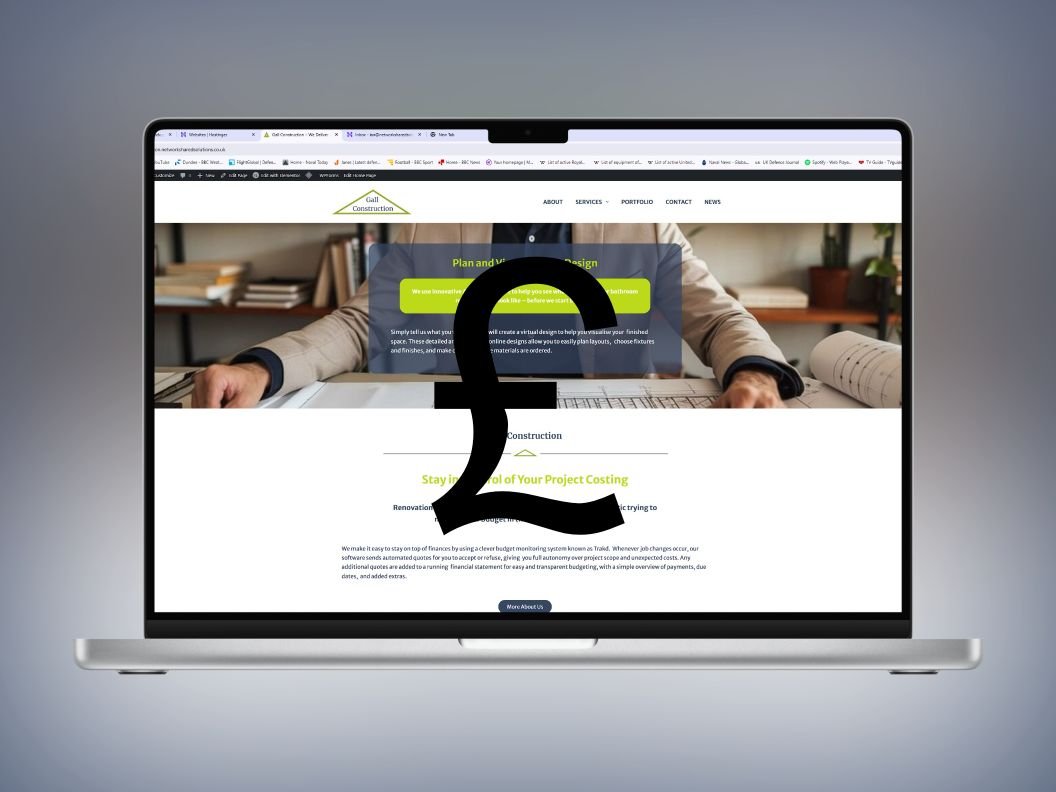— it’s “Can we afford not to?”
Introduction: The Website Mindset Shift
In today’s digital-first world, your website is often your brand’s first point of contact with potential customers.
Yet too many businesses still see it as a one-time purchase — build it, launch it, and leave it.
This mindset can cost you customers, search visibility, and revenue.
The truth? Your website is a living asset that needs ongoing care to deliver consistent returns.
1. The Internet Moves Fast — Your Website Should Too
The online world changes daily:
- New technologies emerge
- Design standards evolve
- User expectations rise
- Search engine algorithms shift
A site built even three to five years ago can feel outdated today — not just in appearance, but in functionality and performance.
Neglect leads to:
- Slow load times
- Security vulnerabilities
- Browser compatibility issues
- Lower Google rankings
- Frustrated users who leave and don’t return
2. The Hidden Costs of “Set It and Forget It”
Thinking of your site as a one-off project often costs more in the long run:
- Lost Customers — 88% won’t return after a bad online experience
- Data Breaches — Average cost runs into millions
- Emergency Fixes — Rush jobs are more expensive than scheduled maintenance
- Complete Rebuilds — Neglected sites eventually need costly overhauls
3. Why Continuous Website Investment Pays Off
Businesses that treat websites as ongoing investments enjoy measurable benefits:
Improved User Experience
Small refinements based on analytics can significantly boost conversions. For example, reducing load time by 1 second can increase conversions by 7%.
Better Search Engine Rankings
Fresh content and technical updates keep you visible in search results, driving free organic traffic.
Stronger Security
Ongoing updates protect your business and customers from costly breaches.
Quick Market Adaptation
A flexible site can pivot fast to support new products, services, or campaigns.
Competitive Edge
Competitors with static sites fall behind as your digital presence keeps improving.
4. What Ongoing Website Investment Looks Like
A strong website growth plan includes:
- Content Updates — blogs, case studies, product pages
- Technical Maintenance — plugin updates, security patches, speed optimization
- UX Improvements — navigation tweaks, mobile experience upgrades
- Design Refreshes — subtle changes to stay modern
- Strategic Expansion — new features that match business growth
5. How to Budget for Website ROI
Think operational expense, not capital expense:
- Monthly maintenance retainer
- Quarterly optimization reviews
- Annual strategy planning
- Reinvest 2–5% of digital revenue into your website
6. Your Next Steps
To shift from “one-and-done” to “investment mindset”:
- Audit your current site’s performance, security, and UX
- Prioritize high-impact improvements
- Allocate a sustainable maintenance budget
- Track key metrics to measure ROI
Conclusion: A Website That Works for You
Your website is not a static brochure — it’s a powerful, evolving business asset.
When you invest in its growth, it keeps generating leads, sales, and trust.
The real question isn’t “Can we afford to?” — it’s “Can we afford not to?”
